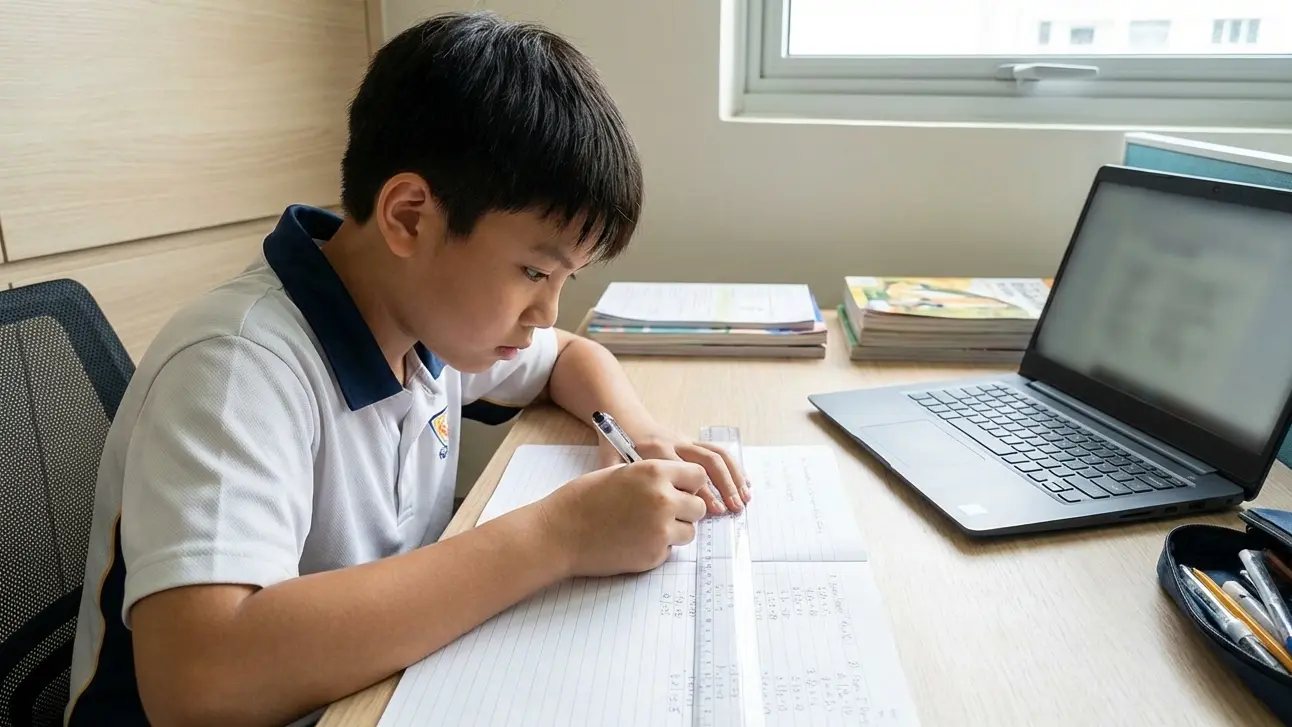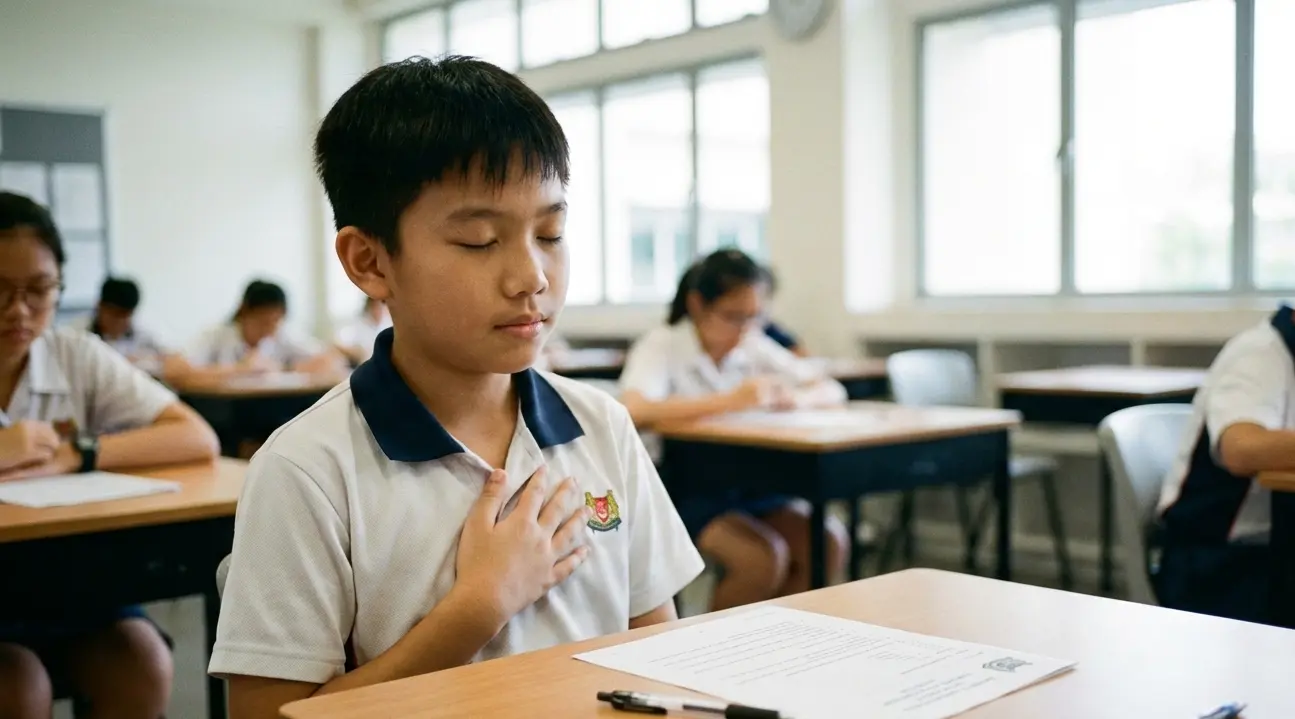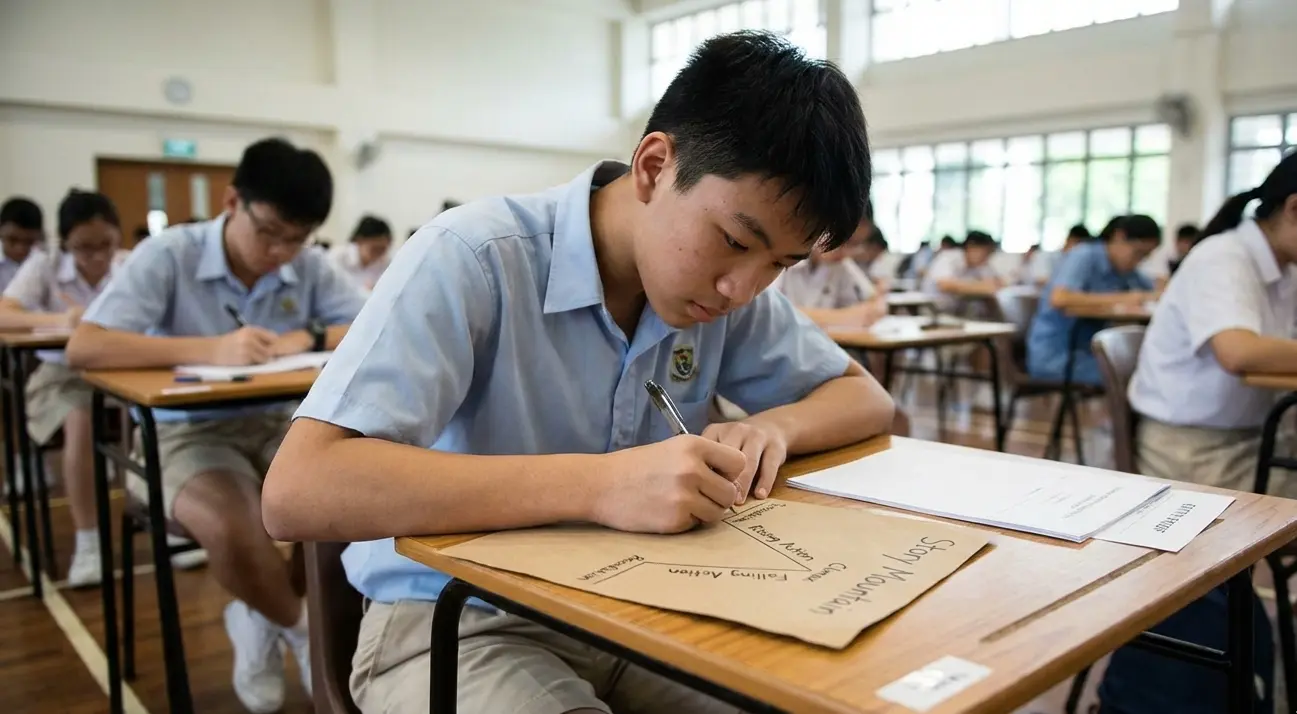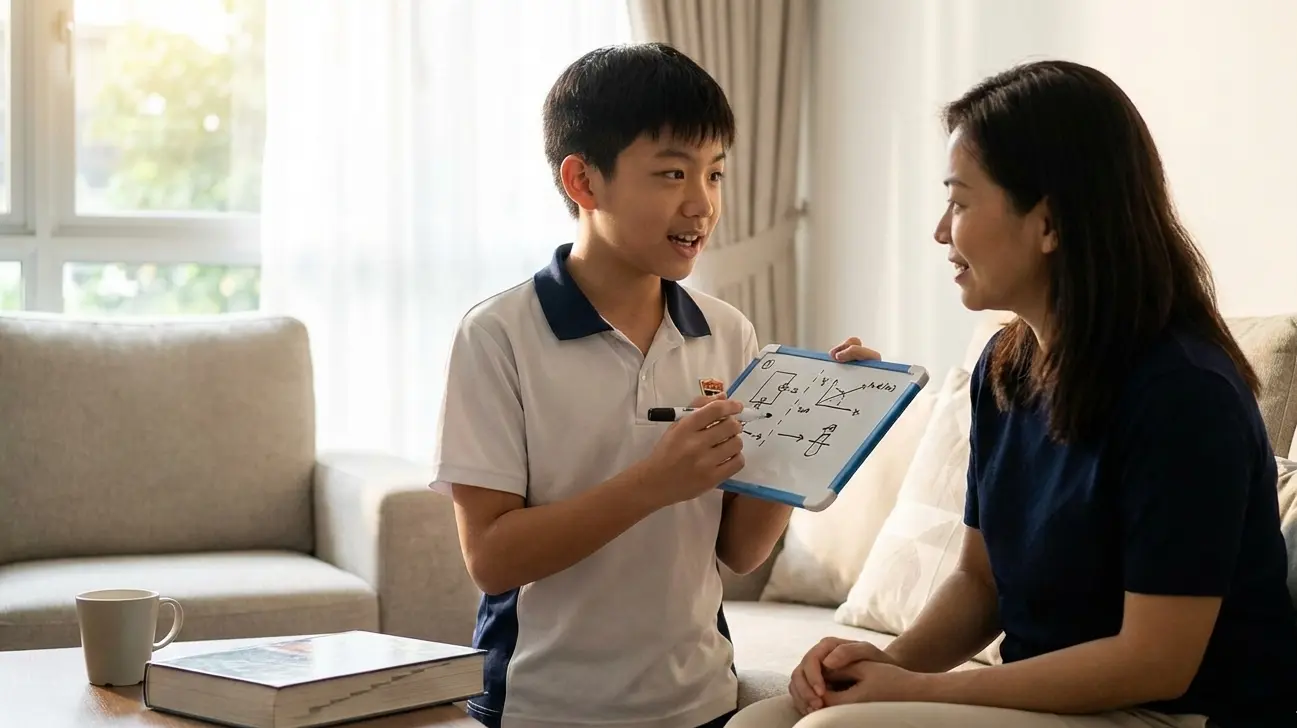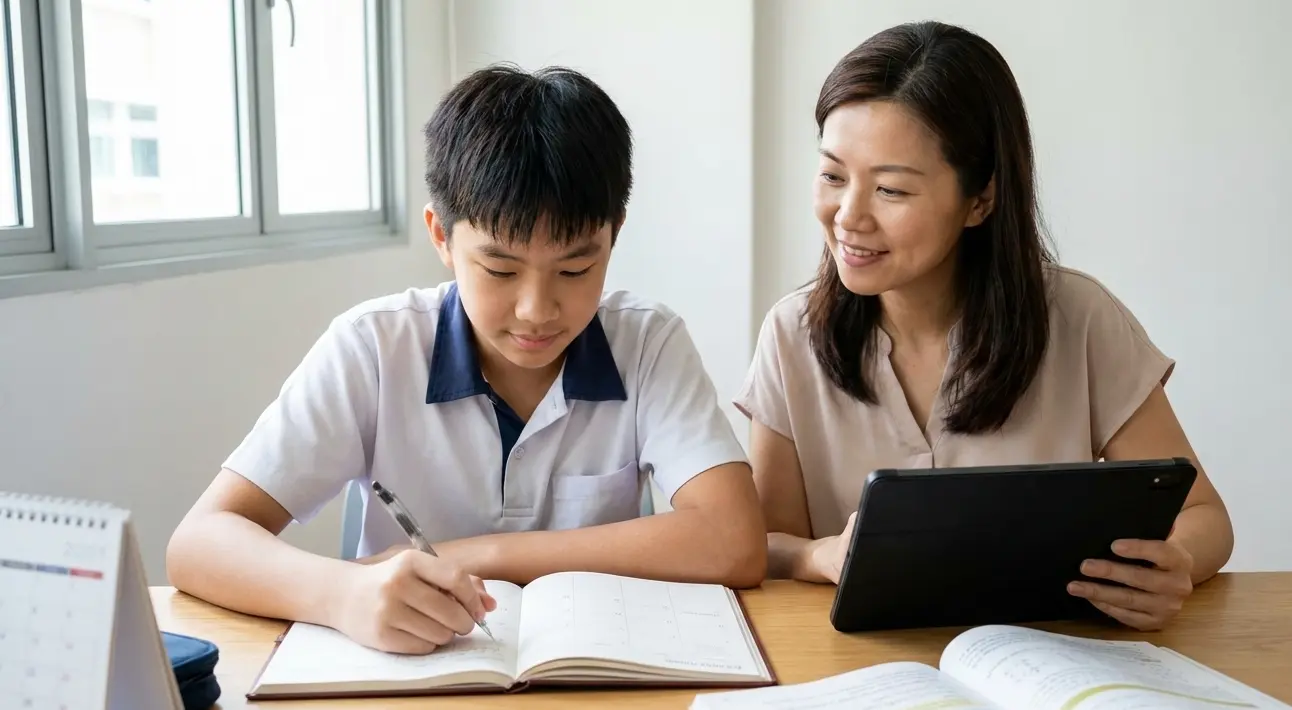How to make your own flashcards at home
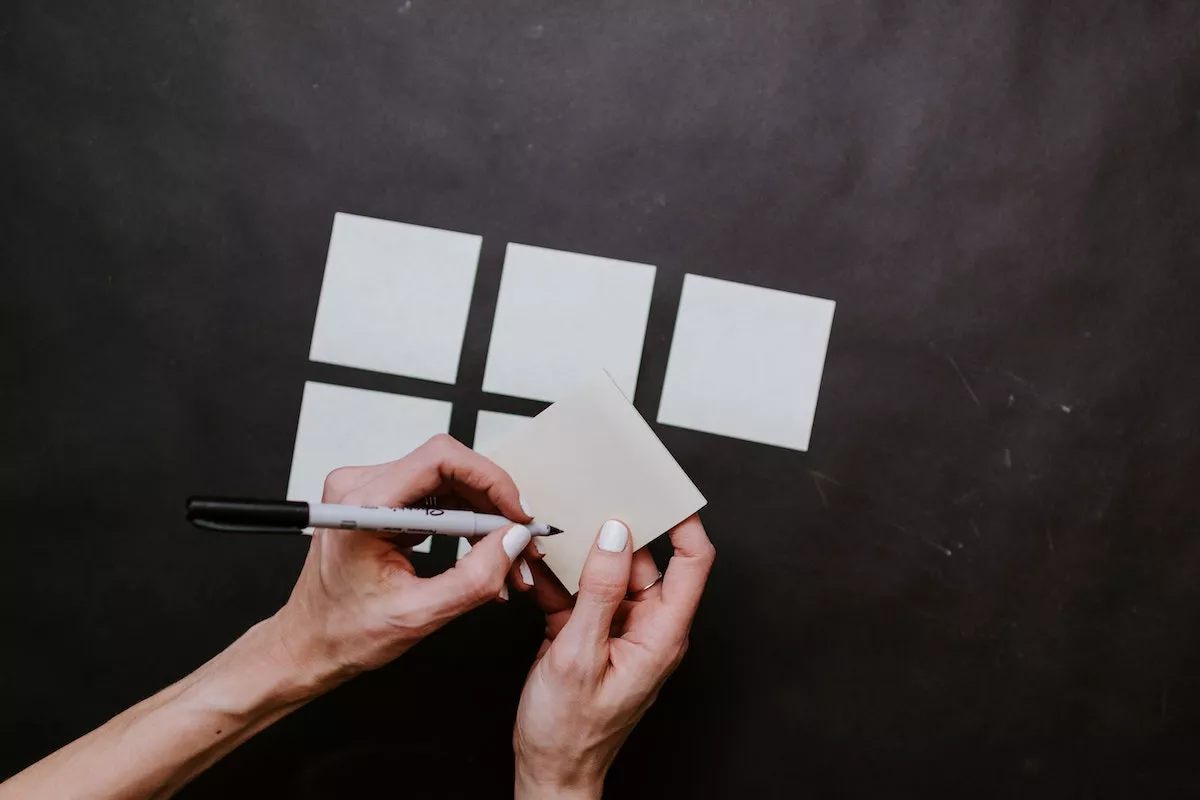
Children can learn effectively when they exercise creativity and have more control over their learning process. Using flashcards is one such activity, which is a fun and effective learning method! In our earlier blog article, we shared that flashcards are small note cards that have information on both sides of the card, and that they are used for improving memory through practised information recall. They can include names, vocabulary, concepts, visuals, procedures, or formulae - the possibilities are endless! For instance, one side of the card may say very loud while the other side could be deafening to teach your child synonyms.
Your child’s learning process begins right from the moment you start creating flashcards with them. Quizzing them with flashcards helps with active recall, which creates stronger neural connections in the brain. Active recall helps improve one’s memory much faster than is the case with passive recall.
Flashcards can be easily crafted with just a stash of notecards and a pencil. It takes a while to get the hang of it, but it’s an effective way to absorb information. Children learn and process information better through writing them down. You can also print your flashcards from templates online. Otherwise, you can simply use index cards to create your flashcards by hand.
Making The Best Use Of Flashcards
1. Make your own flashcards

Ready-made flashcards can come in handy if you have time constraints or if your child has many concepts to learn; in most cases, it’s better to make your own as you can personalise them better. This helps create strong neural abilities, which enables your child to recall what they’ve learnt more easily.
2. Simplicity is key
Making things too difficult can lead to the mistake of recognition instead of recalling actual information. Hence, try to keep things simple! Write only appropriate amounts of information on your child’s flashcards.
Instead of bombarding the cards with all information, keep it to one item per card. This makes learning easier and prevents complex and stressful study sessions. However, some concepts or ideas may be too intricate to be captured in one flashcard. In such cases, they can be divided into multiple questions across a few flashcards.
3. Use visuals
The association of certain topics with visuals will make it easier for your child to remember information. Draw simple pictures and see how it works for them.
4. Create mind maps
Encourage your child to build connections between individual cards and groups of cards to create mind maps. Your child can create larger flashcards with interconnected ideas or lay them out in a way that helps them in understanding how the smaller parts relate and form a larger concept.
5. Mix it up
Avoid going through your decks of flashcards in the same order. Shuffling your flashcards will make your child’s study sessions more challenging! This also helps build neural abilities that increase memory recall capacities.
6. Make use of the cards often
Flashcards are only effective if they’re being used regularly. Regular study sessions are essential for improvements. Repetition is key! However, make sure your child is not memorising the information for the sake of it - they should understand the concepts written on the flashcards and know how to apply them accurately.
Wrapping up
As a parent, you want to encourage your children to learn, be creative, and have fun! This is where fun learning methods such as flashcards can take your child’s study sessions up a notch. They are a learning tool that’s popular amongst students, parents, and teachers. Creating your own flashcards with the tips above to see how helpful they are.


 SG
SG  VN
VN 

